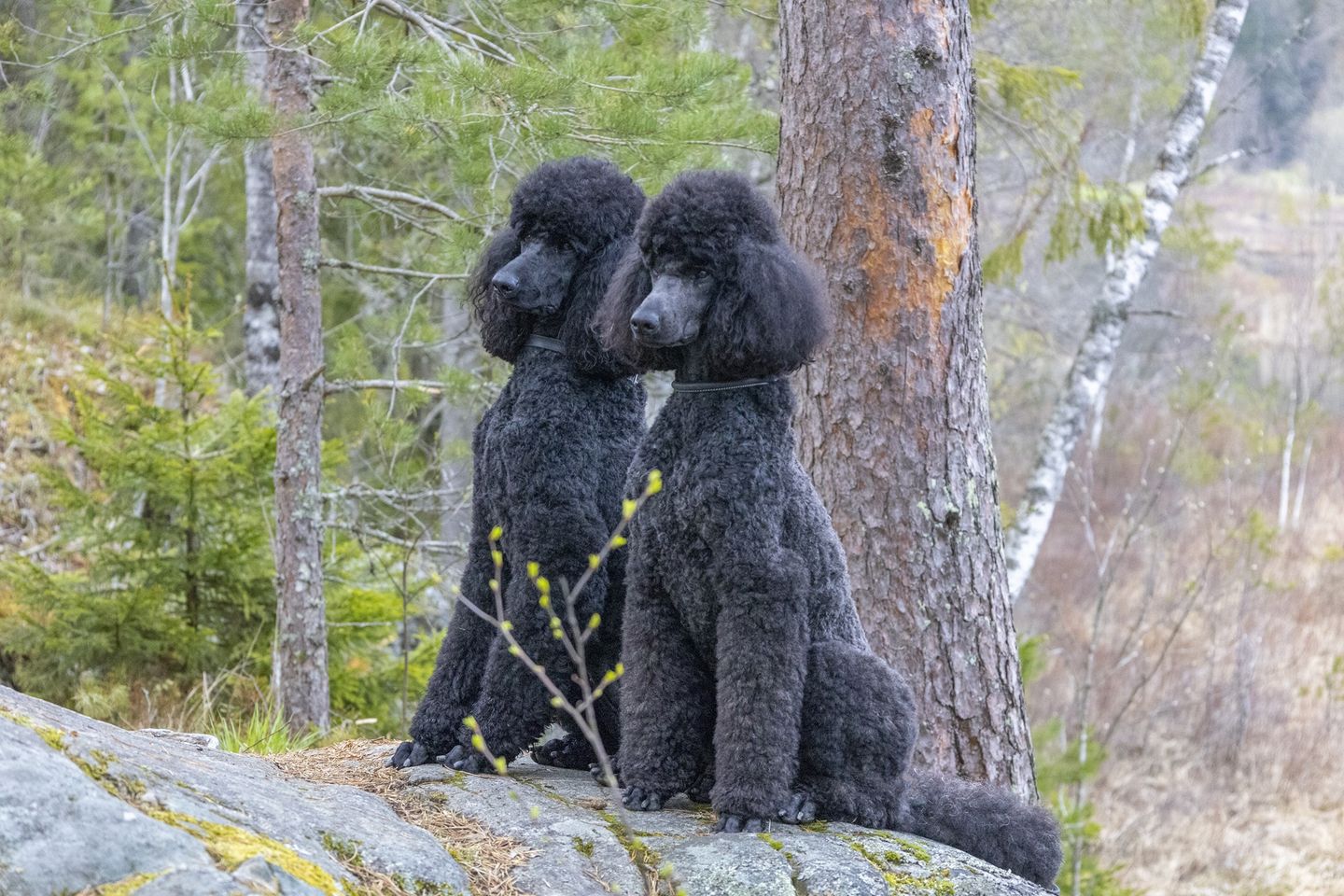
Not all Category 10 breedings are equal.
We are often in Facebook groups where we see people advertise their litters as category 10 breedings, as if this were a simple stamp of approval from the team at BetterBred. And, we get it, because category 10 is easy to say and somewhat catchy! While we’ve made posts on why breeding solely for outbred puppies is not the aim of BetterBred, we additionally think it’s important to understand the categories are only one genetic algorithm to estimate relatedness. Breeders must check both the range of inbreeding in the predicted litter, which is accomplished with a different genetic algorithm, as well as whether the litter will be an unusual litter or a more typical one for the breed, which is yet another calculation called the outlier index (OI). When the average predicted OI for a litter is low, meaning the puppies will be highly typical for the breed, we are breeding toward a genetic bottleneck within our breed. In such a case, all else being equal, an outbred litter is preferable to an inbred litter, because it slows the loss of diversity, but that is really most effective when breeders test their puppies and pick the ones to run on that have retained the most genetic variation, in both measures of the important measures we describe below.
Not all Category 10 breedings are equal.
Breeding is nuanced. There will always be times when a breeder will decide to sacrifice one area of the whole picture in order to improve on another. This could mean sacrificing genetic diversity in order to bring in more “typiness”. This is to say, we understand that breeders will choose breedings outside our recommended parameters for a variety of reasons. Happily there’s always a way to minimize risk in successive generations.
Let’s look at two different category 10 breedings and compare and contrast them.
Both of the following test breedings involve the same potential dam, compared to two different males. Both are category 10 breedings.
First up, inbreeding.
We recommend targeting for as many predicted puppies below the IR value of .15. Dr. Pedersen DVM PhD, the creator of UC Davis’ genetic diversity panel, said that a inbreeding level of .15 or above would be considered a high level of inbreeding. Having high levels of inbreeding in a puppy increases the risk of recessive component diseases expressing.
This is litter #1 to the right, a category 10 breeding. The sire of this litter is atypical for the population and we see here that, in the predicted breeding, very few puppies would be predicted to fall at the .15 threshold that would be considered a high level of inbreeding. This predicted low level of inbreeding is what you might expect from a Category 10 breeding and these two breeding mates are fairly unrelated, within the context of the breed.
(When we use the term “genetically related” here at BetterBred, we mean related within each breed. In purebred dogs, most or all of the dogs of a single breed are at least somewhat genetically related – it’s what makes them purebred. However, since we are discussing pedigreed, purebred dogs who will remain purebred, the context is always their relatedness within the breed. Relatedness within the species is a topic for another set of blog posts!)
This is potential breeding #2. Here we see a much different story – while the breeding is not showing terribly high inbreeding levels, it’s also showing that there is more inbreeding than you might think knowing it’s a category 10; in fact, it appears that approximately 1/4 of the litter would fall above the .15 threshold. Why would this be?
In this case, the potential dam is just slightly different from the rest of the population based on her higher than average OI, and the sire is fairly typical for the breed since he has a lower than average OI. As a result, he is carrying a lot of the same genetic markers that a majority of the population carries. In this breed, there is a genetic bottleneck, meaning that a majority of the dogs carry the same typical markers inherited from breed founders, which was enhanced by heavy use of popular sires, while a small percentage of dogs represent the bulk of the unusual genetics within the purebred population. We sometimes call typical dogs “cluster dogs” as they will cluster closely together in the PCoA graph UC Davis uses to visually represent a population (pictures to represent this below). So when we breed a cluster dog to a dog that’s close to the cluster, even if the litter range is fairly heterozygous, we are doubling up on the founders and minimizing the influence of the unusual lines behind the less typical parent. Therefore the chances that any of the puppies retains unusual genetics is minimized, and an increased amount of the puppies may end up inbred.
Second up, biodiversity preservation (or the outlier index)
The Outlier Index (OI) is a measure of how valuable a dog is for its breed from a conservation perspective. It assesses how typical or unusual a dog is for its breed and also considers genetics that are neither too common nor too rare. The higher a dog’s OI, the more genetically valuable it is for the breed. While most modern breeds are created by a genetic bottleneck at founding, traditional breeding practices have often caused additional bottlenecks within the breed. Breeds with high average OI have well distributed genetics throughout the breed and less evidence of a genetic bottleneck within the breed post founding. Breeds with low average OI show evidence of a genetic bottleneck within the breed. Again, this means there is a large central family that is highly genetically similar and only a few families within the breed that are different. In our years of experience working with breed clubs and conscientious breeds, the ones with the most documented health concerns are those with central bottlenecks. Therefore BetterBred recommends that we breed for higher than breed average OI, the reverse concept of PennHip scoring, where the recommendation is to breed for tighter (lower number) than breed average. This can help to rebalance the existing diversity in the breed – but it must be done very carefully because population management is complex.
This is potential breeding #1. In this breed, Standard Poodles, the outlier index average for the breed is .24. Paired with selecting for a low average IR, breeding above the breed average OI (as well as selecting keepers with an OI above average) will help preserve the existing genetic variation in a breed.
In this case, you can see that a large percentage of the litter is predicted to fall above the breed average, and assuming that the litter will be on the whole outbred, it might be easy for the breeder to select an outbred puppy that also has higher than average breed OI to move on with in the next generation.
This is breeding #2. Here you can see a lot more of the litter will fall below breed average of .24. Taking into consideration that a lot more of the litter will also have higher levels of inbreeding, it would make it more difficult for the breeder to select outbred puppy with genetics that lend themselves to breed preservation (but not impossible!).
The whole picture.
There are three main aspects that we getting on predicted litter summaries after our software has analyzed a potential breeding. Inbreeding (IR), value to the breed (OI), and the the DLA or dog leukocytes antigen, or the immune system of the dog.
Regarding DLA: Each dog will have two different numbers that represent a set of markers, called a haplotype, for each class. These classes are called Class 1 and Class 2 (of note, there is also a Class 3, but no lab tests for this class of DLA). These paired numbers do not change from generation to generation. So if a dog carries Class 1 haplotype 1002 and Class 2 haplotype 2001 (1002/2001) and Class 1 haplotype 1003 and 2001 (1003/2001), puppies will inherit either 1002/2001 or 1003/2001.
It is theorized, and indicated in some studies, that being heterozygous in the DLA will be beneficial for the individual. This is not widely proven, so we encourage our breeders to consider the DLA last, as the other measures are intended to represent a wider array of the dog than the DLA. However, most of the breeds with major autoimmune issues or immune dysfunction, in our observation over the last 5 years, have fewer haplotypes found in the breed. The best way to retain variation in DLA haplotypes is to select heterozygous breedings and puppies when all else is equal.
In terms of the DLA, both of the breedings below are similar, with the first having one DLA haplotype that is less common in the Standard Poodle population.
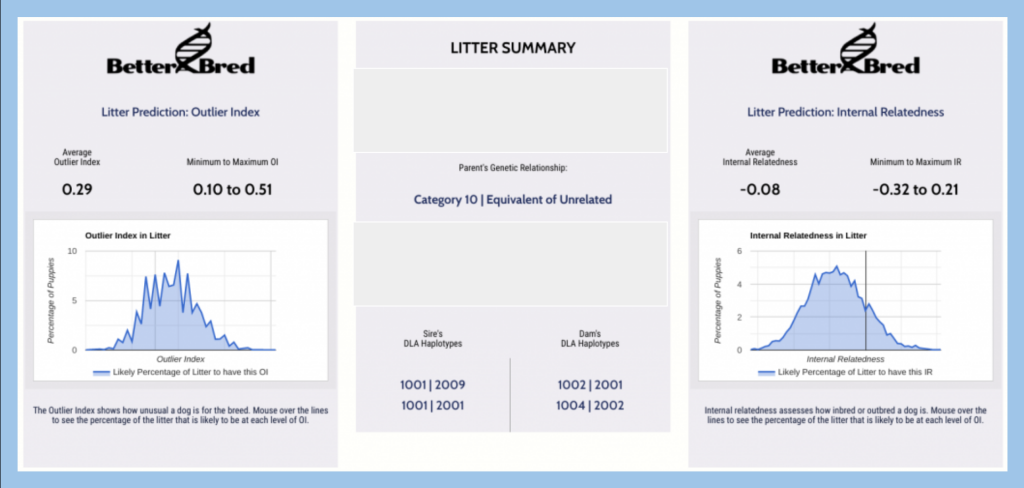
Here we see predicted litter #1. To the left, we show a population that is meant to appear like the PCoA graphs made by UC Davis to visually represent what a population would look like in terms of genetic relatedness. You can see that a majority of the population clusters in one area, hence the term cluster dogs mentioned above.
This is neither good nor bad, it simply indicates that there are a lot of dogs that are genetically similar or related. This often happens when there was a bottleneck, be it a war drastically reducing a population or a popular sire (or in the case of Standard Poodles, it was two very successful kennels).
However, as you see, there are some dogs that fall outside the cluster, and we typically call these dogs “outliers”. This term is descriptive genetically from a breed preservation standpoint, and does not comment on the quality of a dog – we as breeders must assess type, temperament, health etc. as we always have. It bears repeating, genetic diversity testing is a tool to add to our toolkit, not to create shortcuts.
This first breeding would be similar to the green line in the image to the left (which came from our blog “It’s not just about inbreeding“). When you look at this line, you can see one dog (in this case the bitch) falls just outside the cluster, and the other is further out. This dogs will carry less of the bottleneck influence, and therefore more unrelated than the breeding below.
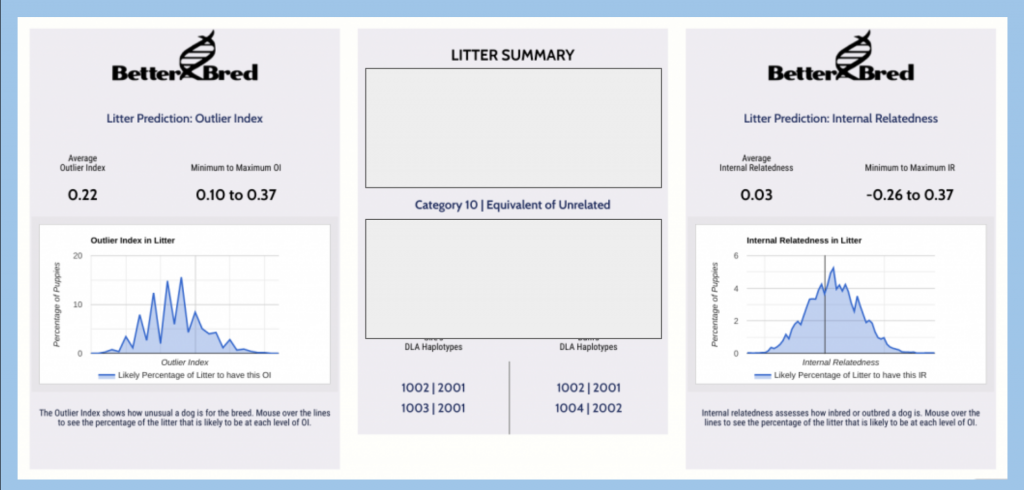
Here we see predicted litter #2. To the right, we show the same population as above. (This is not the actual breed – it is merely an illustration.)
This second breeding would be similar to the blue line in the image to the left (which came from our blog “It’s not just about inbreeding“).
Because these dogs fall within the cluster (or close to it in the bitch’s case) even if many of their puppies will be outbred, or have fewer of the same alleles inherited from each parent, many of these alleles would be quite common in the breed. Therefore, they will likely both carry markers inherited down from the bottleneck founders, and in some cases these markers will align, to create unexpectedly inbred, and highly typical puppies for the breed.
Now, this breeding may create desired type in the line, and as we all know, breeding is a balancing act. This is why conscientious breeders also look at the health of individuals in the the recent pedigree and do all recommended health testing.
Our thoughts
First of all, if you read “category 10 breeding”, you should ask for more information, because it’s clear that not all category 10 breedings offer the same genetic parameters for the litter, as demonstrated above.
To reiterate, breeding is nuanced. There will always be times when a breeder will decide to sacrifice one area of a part of the picture in order to improve on another. This could mean sacrificing genetic diversity in order to bring in more “typiness”. This is to say, we understand that breeders will choose breedings outside our recommended parameters for a variety of reasons.
When considering breed management, what matters is less one breeding or another, but the collective actions of all breeders within a breed. Conservation of breeds requires cooperation between breeders and accurate information of all kinds. We want to preserve the historical breed conformation, but we also want our dogs to be healthy and long lived. Conserving the genetic variation that exists within the breed is part of preserving that breed, as is breeding for the historically correct purebred.
We are offering a huge discount on our premium membership! Hurry now and use coupon code 2022BB at checkout for 40% off your first year of our premium annual membership! Expires 01/15/2022
*Offer excludes existing memberships and is for the first year only.
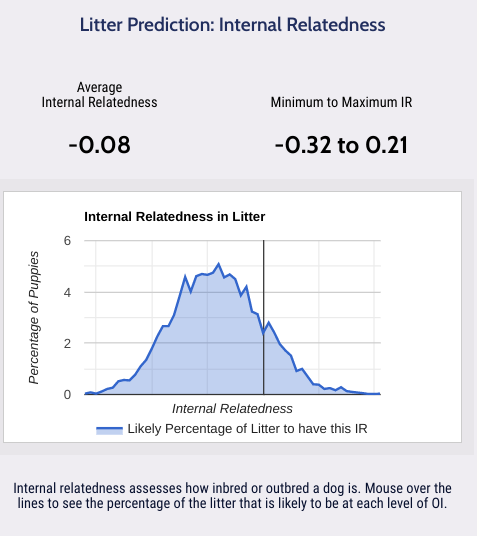
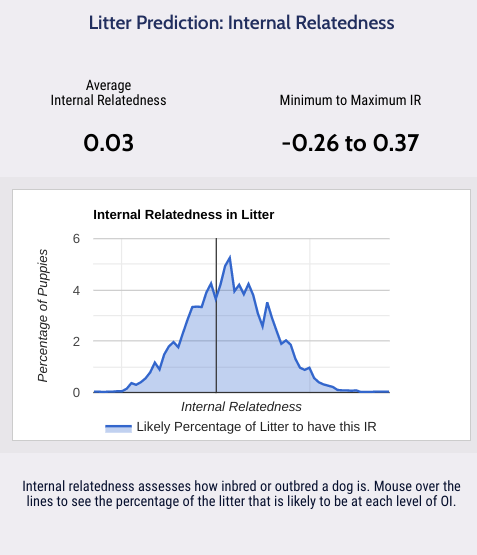
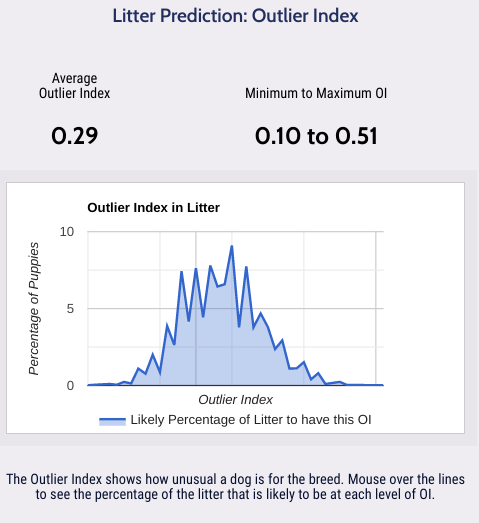
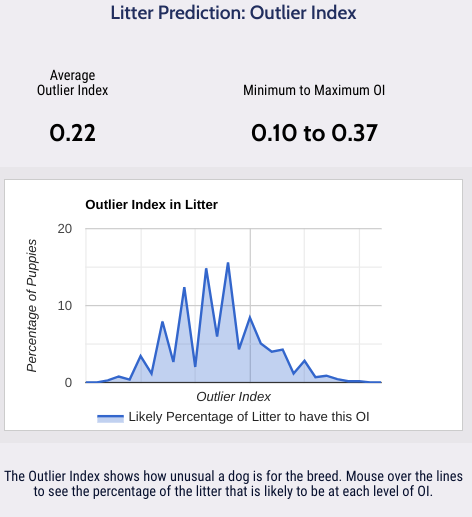
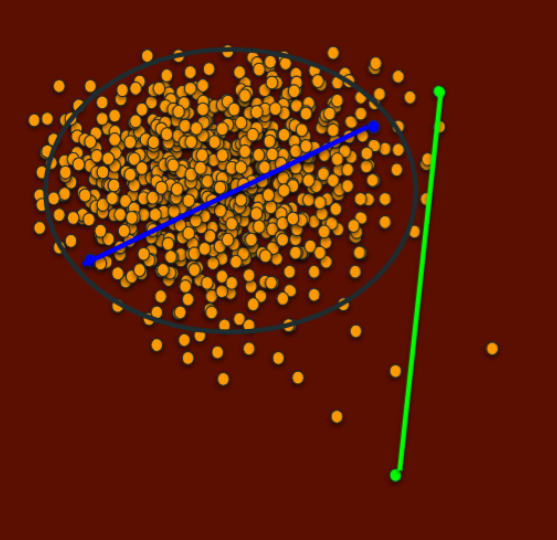
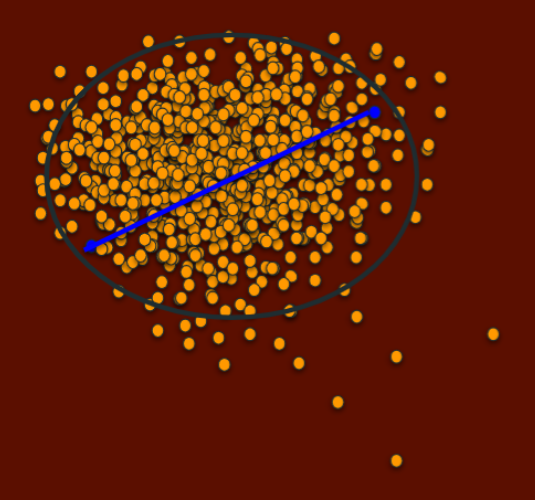
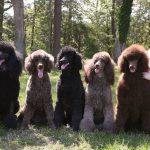 Previous Post
Previous Post Next Post
Next Post


